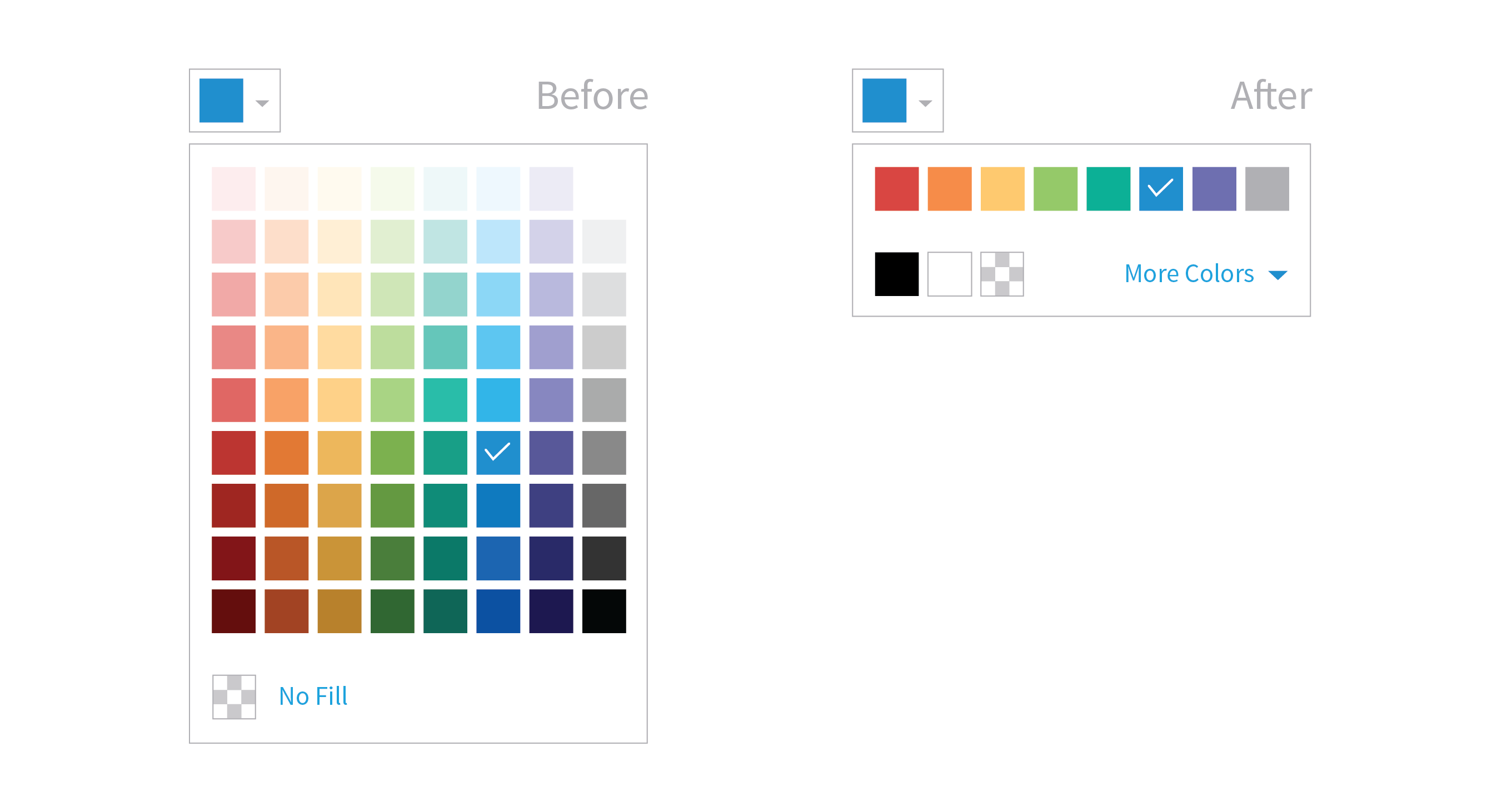A state of FLUX: How findings led UX helps us create the solutions our users really need
If you had 1 hour to solve a problem, what would you do? You might take Albert Einstein’s advice and spend the first 55 minutes thinking about it.
As UX designers, we appreciate how crucial it is to frame the problem before we start. That’s why we devote as much time as we can to researching the domain we’re designing for. We start the process on the right foot by garnering insights about the users, and their needs and pain points. Interviews, surveys, direct observation — we do everything possible to capture the essence of the business and model it effectively. This enables us to create conceptual maps and user journeys that lay the foundations for a successful product.
And yet, no matter how well informed we are, we’re still only making assumptions. If we want our product to be flexible, adaptable, and responsive to varying usage patterns – in short, to be intelligent – we have to test our assumptions with data and metrics.
Let’s take an example
Suppose we’re creating a bar chart with options to customize the colors. Let’s make an assumption and turn it into a hypothesis.
Hypothesis
When users change the colors, they’re equally likely to use all the shades and tints from our palette of 100 colors.
Test
Capture the users’ interactions with the color picker.
Metric
Count the number of different colors each user selected.
Findings
- 90% of users picked 4 colors or less.
- 6% picked 5–10 colors.
- 4% picked 11–20 colors.
Our findings disprove our initial hypothesis. To make our bar chart more usable, we can design the color picker so that the complexity of choices is reduced, and the most frequently used colors are the quickest to access.
By analyzing the data, we can understand what features our users are most interested in, how they use them, for how long, and in which exact step of their journey. This means we can more readily spot areas for improvement, and we can build profiles of our users.
The result is we make design decisions firmly grounded in data. They’re not based on guesswork or the subjective opinions and biases of our designers. This is enhancing the DNA of our UX design process and turning it into a continuous FLUX of hypotheses and findings.

Ready to learn more?
To learn more about how the FLUX methodology is helping us build better solutions, contact us today.





